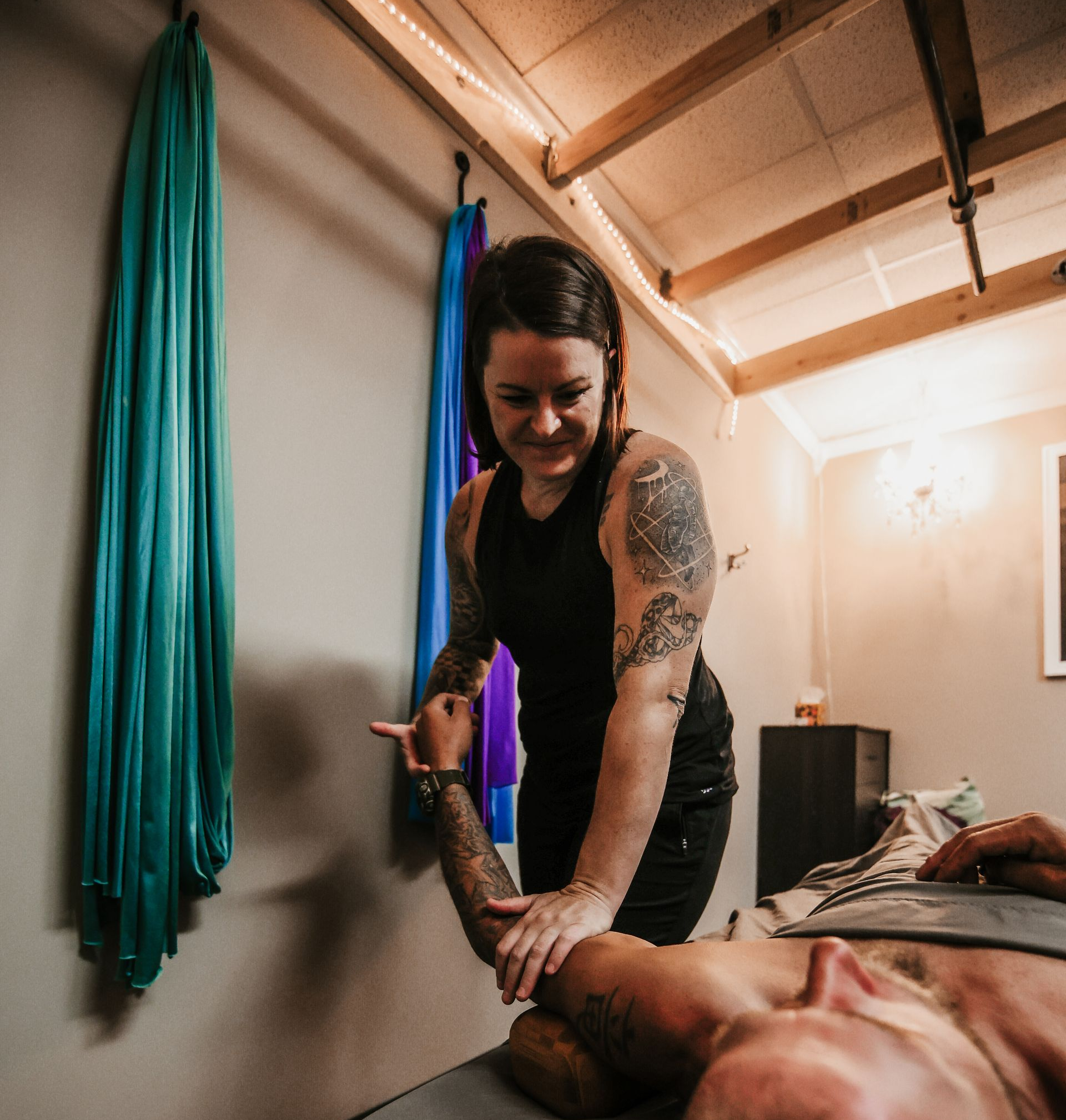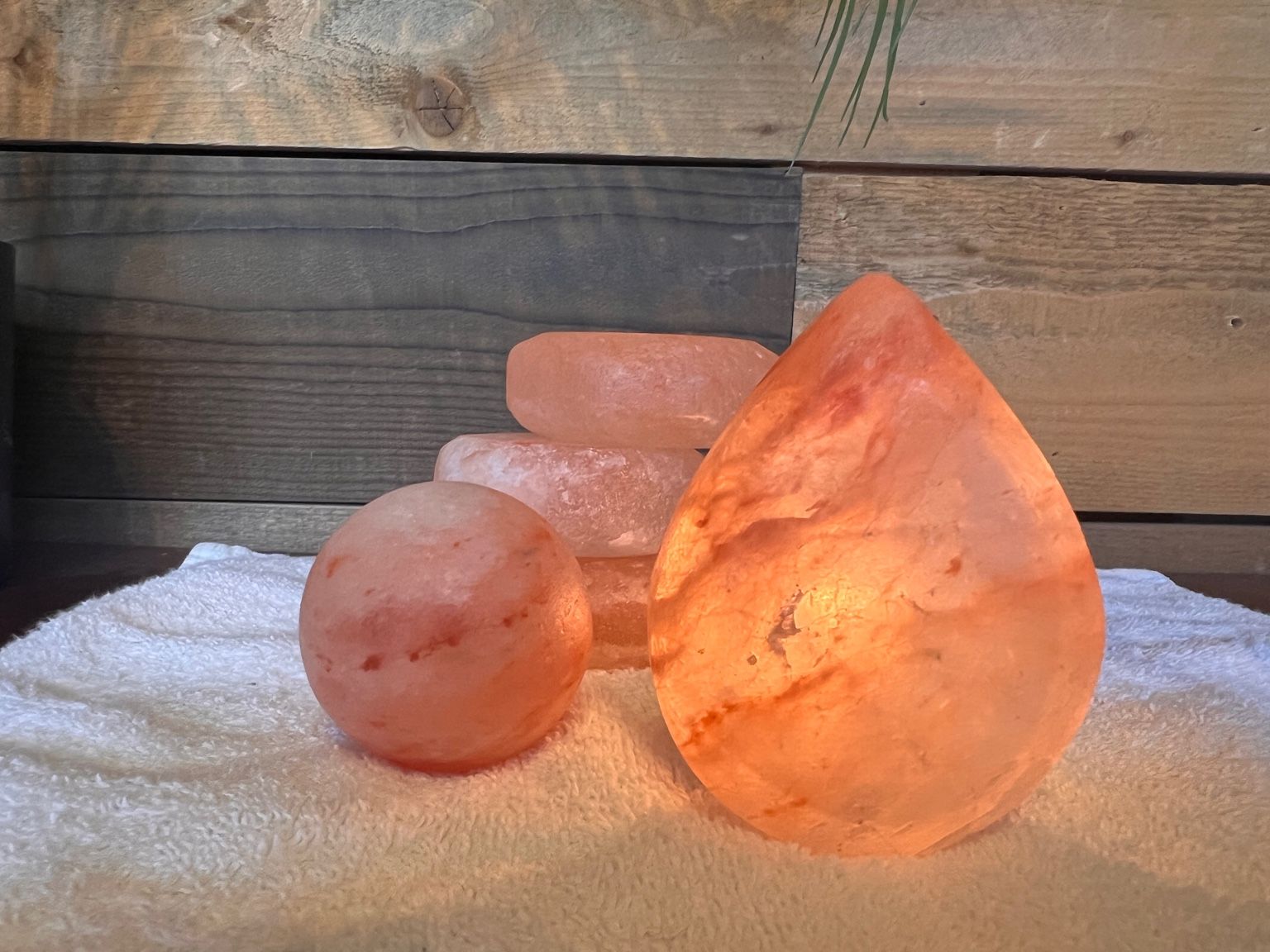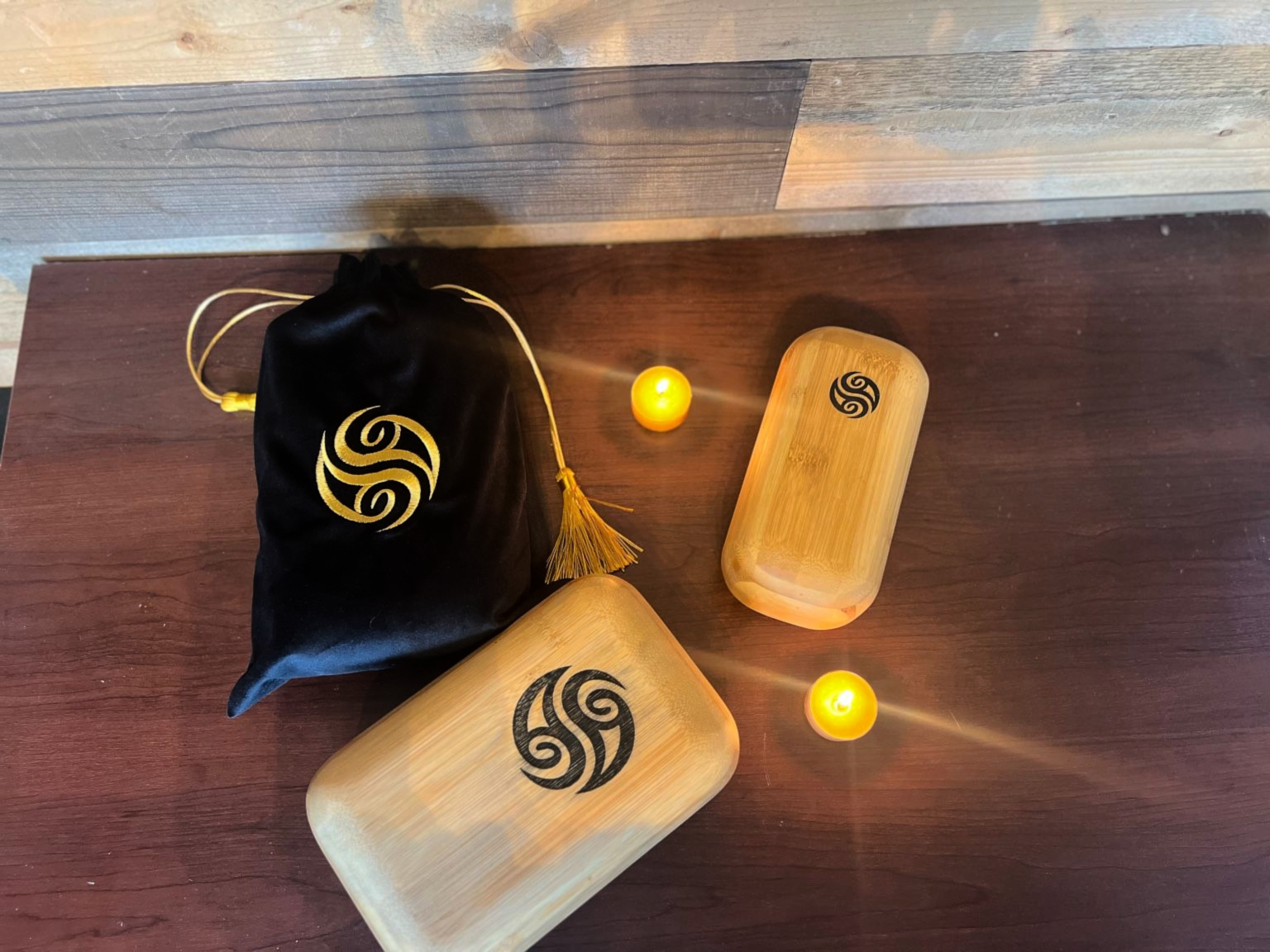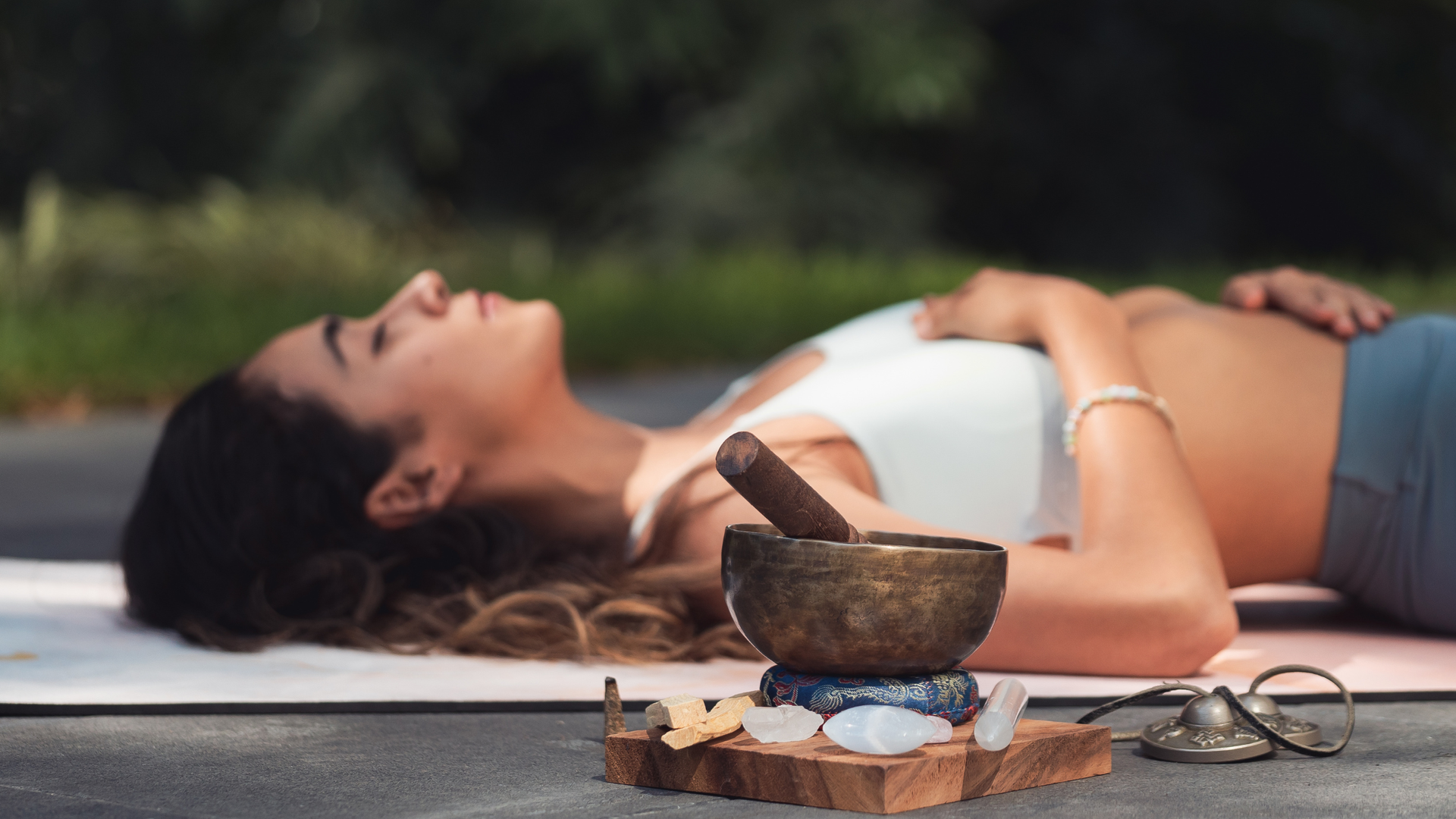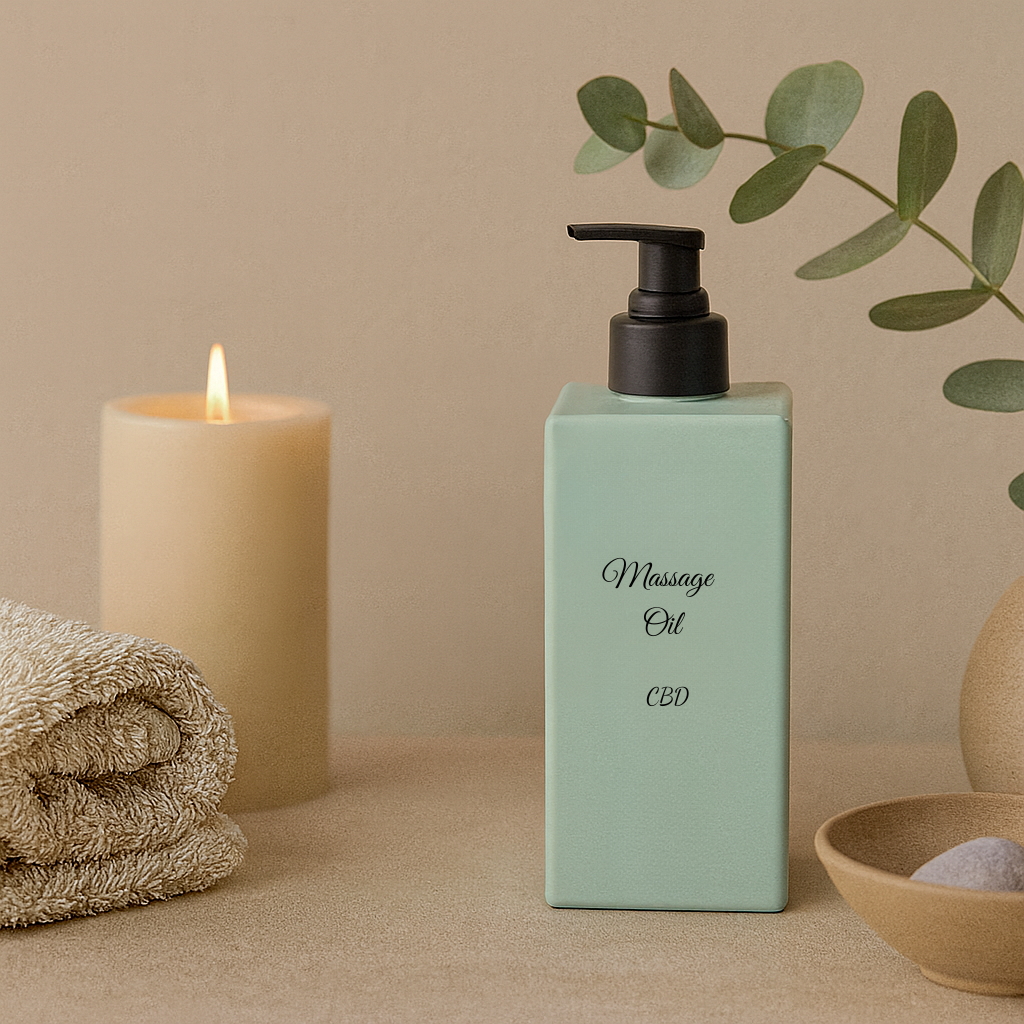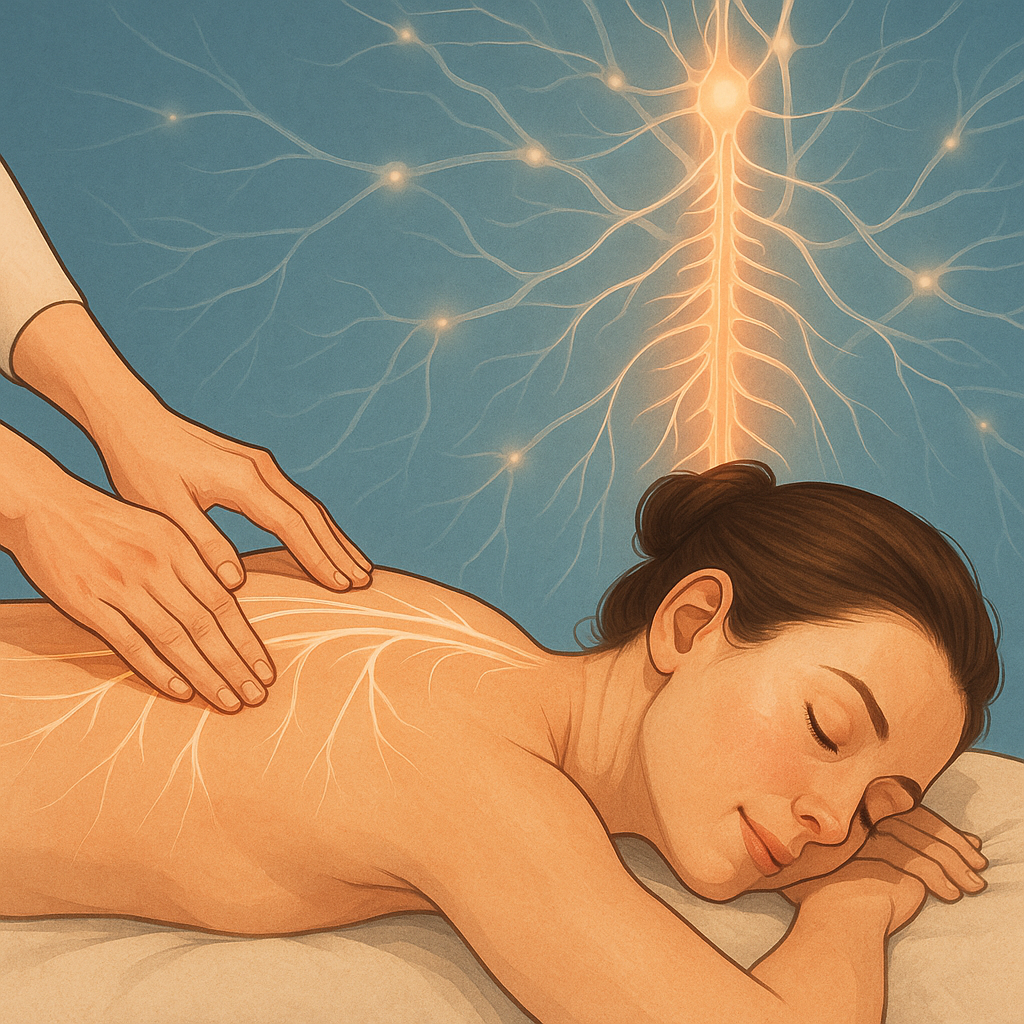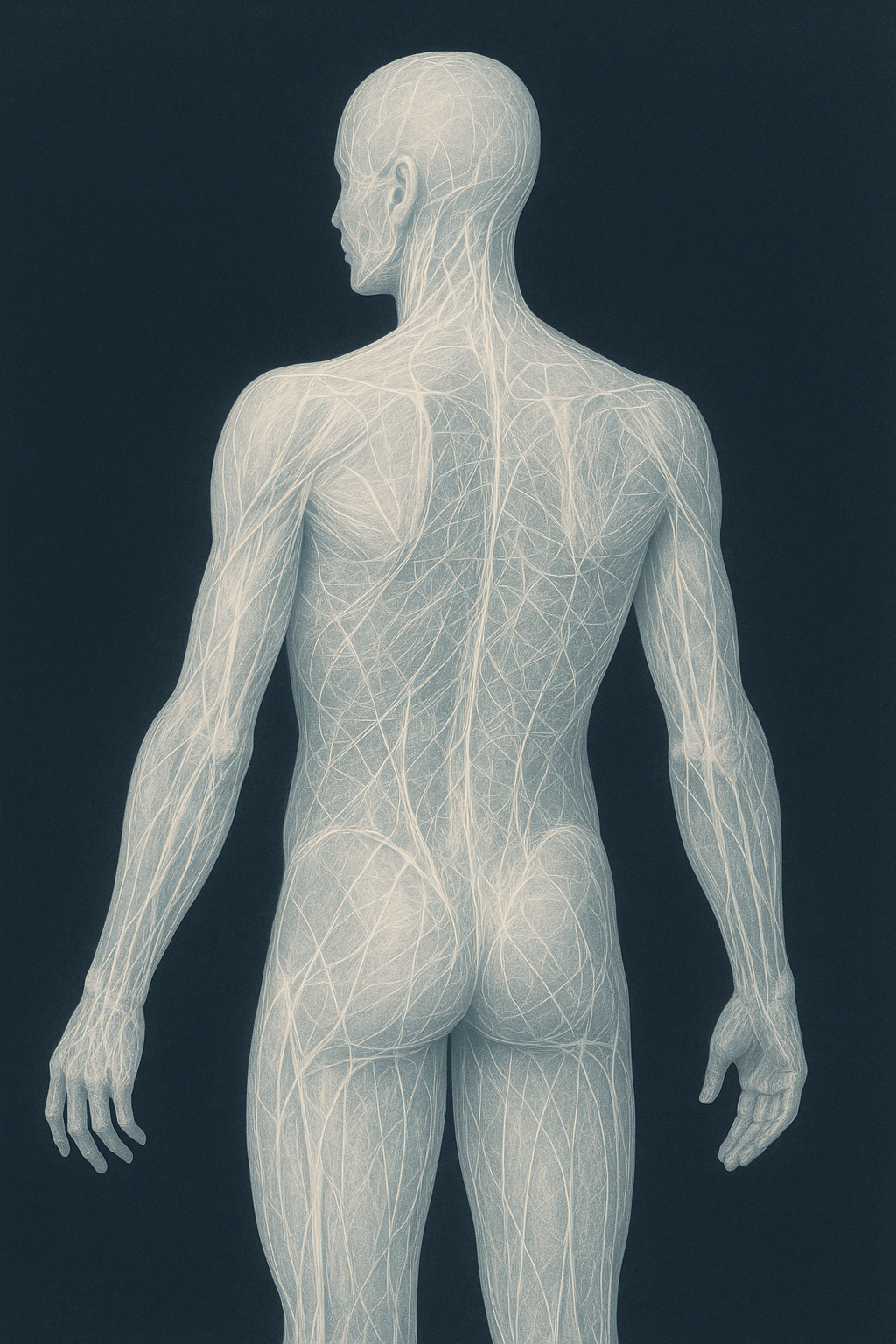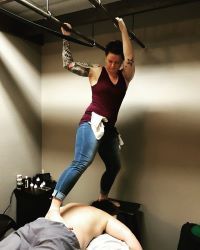What Is Block Therapy? How Fascia Decompression Complements Massage and Self-Care
A simple, restorative practice that helps release tension, improve posture, and deepen the results of massage.
Block Therapy is a unique approach to health and healing — a combination of exercise, therapy, and meditation that targets the body’s fascia, the connective tissue that weaves through every cell.
In Block Therapy, we use a therapeutic tool called the Block Buddy or Block Baby. These tools are made from wood, chosen for their natural density and firmness, which allow gentle, sustained pressure deep into the body’s structure. The goal is to release restrictions and decompress the fascia — restoring alignment, circulation, and flow.
Fascia Decompression: The Foundation of Block Therapy
Fascia decompression is the core of this practice. Over time, stress, poor posture, injury, and shallow breathing cause fascia to compress and grip tightly to bone. This compression can restrict blood and oxygen flow, limit mobility, and contribute to pain and premature aging.
By using diaphragmatic breathing, gravity, and body weight, Block Therapy helps release these adhesions and decompress the fascia, improving cellular oxygenation and restoring space within the body. This process encourages the natural alignment your body is meant to have.
The Main Components of Block Therapy
According to the Block Therapy system, there are three key principles:
- Create Space – Decompressing fascia to create internal space, allowing blood and oxygen to flow freely to the cells. This helps correct posture and relieves tension.
- Inflate Space – Using proper diaphragmatic breathing to “inflate” or fill that new space. Breathing through the diaphragm generates internal heat and movement that softens restrictions and nourishes the tissues.
- Maintain Space – Strengthening and training your body to move efficiently and hold healthy posture in everyday life. Proper alignment helps sustain the benefits created through blocking.
Cause Sites vs. Pain Sites – The area of pain is often not the source of the problem. The fascia connects the body from head to toe, so restrictions in one region can affect distant areas.
For example, tightness in the lower legs or feet may contribute to headaches, shoulder discomfort, or changes in posture. The Block Therapy system addresses the entire body to resolve both cause and pain sites for lasting results.
Acute Pain and Inflammation
Traditional injury recovery often uses the RICE method — Rest, Ice, Compression, and Elevation — to reduce inflammation. While inflammation control can be helpful, stagnation can also slow healing.
Inflammation itself is part of the body’s natural repair process. It brings oxygen and nutrients to rebuild tissue. Block Therapy supports this process by improving circulation and fascia mobility, allowing the body to direct nutrients where they’re needed and release waste efficiently.
An easy way to visualize this is with the “cake analogy”: if you mix ingredients and freeze them, nothing changes. But if you apply heat, transformation happens. Similarly, when you bring warmth and oxygen through proper breathing and decompression, your tissues can heal and regenerate more effectively.
How Does It Work?
You lie over the Block Buddy or Block Baby in various positions on the body for a minimum of three minutes each. As you rest into the block, your body weight, breath, and gravity work together to gently release restrictions.
The practice activates the parasympathetic nervous system — the body’s “rest and restore” state — encouraging deep relaxation and calm. The combination of sustained pressure and slow breathing reduces muscle tension, lowers blood pressure, and quiets the mind.
Block Therapy becomes a meditative experience — an opportunity to reconnect with your body, release stored tension, and restore balance. Many describe it as “giving your cells a hug.”
To learn more about the blocks and current program offerings, visit the official Block Therapy website below.
Disclosure: As a certified Block Therapy practitioner, I may receive a small commission if you make a purchase through my referral link. This helps support educational content like this at no extra cost to you.
Testimonials
“I enjoy using the Block at home on my own time, maintaining what massage therapy has done for me. I no longer have any back pain. I just find it amazing that with the Block you can find pain where you didn’t even realize you had it and break down that fascia. I found it really great and I highly recommend it to anybody.”
~ Joan J.
“I started taking Block Therapy because I had a lot of pain in my left leg, down my IT Band, and some back issues, and my upper chest area. I found relief within three sessions and I’ve been blocking ever since. It’s been working and it’s actually improved my golf game — so that’s a positive too.”
~ Giselle S.
If you’d like to know how this work helped me personally, read my story : My Healing Journey with Block Therapy →


